Use this nursing care plan and management guide to help care for patients with Guillain-Barre Syndrome. Learn about the nursing assessment, nursing interventions, goals and nursing diagnosis for Guillain-Barre Syndrome in this guide.
What is Guillain-Barre Syndrome?
Guillain-Barre syndrome (GBS) also known as infectious polyneuritis is an autoimmune disease in which there is an acute inflammation of the spinal and cranial nerves manifested by motor dysfunction that predominates over sensory dysfunction. The exact cause is unknown, but it is associated with a previously existing viral infection or immunizations. Classical clinical manifestations may include ascending and symmetrical motor weakness and absent or diminished reflexes.
The severity of the disease ranges from mild to severe with the course of the disease depending on the extent of paralysis present at the peak of the condition. Recovery is usually complete and may take weeks or months. The disease most commonly occurs in children between 4 and 10 years of age. Treatment is symptom-dependent with hospitalization required in the acute phase of the disease to observe and intervene for respiratory or swallowing complications.
Nursing Care Plans and Management
Nursing care planning goals for a pediatric client with Guillain-Barre syndrome include improved respiratory function, promotion of physical mobility, prevention of contractures, decreased anxiety and pain, relief of urinary retention, improvement of parental care, and prevention of complications.
Nursing Problem Priorities
The following are the nursing priorities for patients with Guillain-Barre syndrome:
- Recognize and assess signs and symptoms of Guillain-Barre Syndrome (GBS).
- Monitor respiratory function and ensure adequate ventilation support if necessary.
- Provide supportive care to manage pain and discomfort.
- Administer immunoglobulin therapy or plasmapheresis as prescribed.
- Monitor and manage potential complications, such as autonomic dysfunction or respiratory failure.
- Collaborate with healthcare professionals to develop an individualized care plan for GBS.
- Facilitate physical therapy and rehabilitation to optimize functional recovery.
- Educate patients and families on the course of GBS, expected recovery timeline, and strategies for managing residual symptoms.
- Offer emotional support and counseling to patients and families during the recovery process.
- Schedule regular follow-up appointments to monitor progress and address any ongoing needs or concerns.
Nursing Assessment
Assess for the following subjective and objective data:
- See nursing assessment cues under Nursing Interventions and Actions.
Nursing Diagnosis
Following a thorough assessment, a nursing diagnosis is formulated to specifically address the challenges associated with Guillain-Barre syndrome based on the nurse’s clinical judgment and understanding of the patient’s unique health condition. While nursing diagnoses serve as a framework for organizing care, their usefulness may vary in different clinical situations. In real-life clinical settings, it is important to note that the use of specific nursing diagnostic labels may not be as prominent or commonly utilized as other components of the care plan. It is ultimately the nurse’s clinical expertise and judgment that shape the care plan to meet the unique needs of each patient, prioritizing their health concerns and priorities.
Nursing Goals
Goals and expected outcomes may include:
- The client will maintain an effective breathing pattern.
- The child rates pain as less than (specify pain rating and scale used).
- The client will have improved strength and function of the affected extremity.
- The client will demonstrate the use of adaptive devices to increase mobility.
- The client will establish routine urinary elimination patterns.
- The parents and child will verbalize decreased feelings of anxiety.
- The parents will participate in the child’s care.
Nursing Interventions and Actions
Therapeutic interventions and nursing actions for patients with Guillain-Barre syndrome may include:
1. Enhancing Respiratory Function and Improving Breathing Patterns
Guillain-Barre syndrome can affect the muscles used for breathing, resulting in a weakened or paralyzed diaphragm, which can lead to an ineffective breathing pattern. This is because the muscles responsible for breathing are not functioning properly, leading to shallow breathing, difficulty taking deep breaths, and an increased risk of respiratory failure. Enhancing respiratory function and improving breathing patterns are crucial aspects of managing GBS to ensure adequate oxygenation and prevent respiratory complications.
Assess frequency, symmetry, and depth of breathing. Observed for increased work of breathing and evaluate skin color, temperature, and capillary refill.
Progressive weakness of both the inspiratory and the expiratory muscles may lead to respiratory distress that may necessitate the need for mechanical ventilation.
Observe for signs of respiratory fatigue such as shortness of breath, decreased attention span, and impaired cough.
This may indicate neuromuscular respiratory failure or decreased lung capacity.
Auscultate lung sounds for any changes and notifies the physician immediately.
Pooling of secretions and increased airway resistance may impede the diffusion of gases resulting in airway complications such as pneumonia.
Assess oxygen saturation and review the client’s arterial blood gas results.
Determines oxygenation status and provides information about the effectiveness of ventilation given or the need to adjust the parameters.
Keep the head of the bed elevated at around 35-45°
Increases lung expansion and cough effort minimizes the work of breathing and the risk of aspiration of secretions.
Perform chest physiotherapy which includes postural drainage, chest percussion, chest vibration, turning, deep breathing, and coughing exercises.
Facilitates mobilization and clearance of airway secretions.
Anticipate the need for mechanical ventilation as ordered.
Mechanical ventilation may be required for an extended period to support pulmonary function and adequate oxygenation. Weaning from mechanical ventilation happens when the respiratory muscles can sustain spontaneous respiration and keep adequate tissue oxygenation.
Suction secretions as appropriate, especially if the client is intubated or has undergone a tracheostomy.
Promotes adequate clearance of secretions and prevents aspiration.
2. Providing Adequate Pain Relief and Comfort
Acute pain in patients with Guillain-Barre syndrome can be caused by nerve damage and inflammation. The nerves become hypersensitive due to the demyelination process, resulting in intense and sudden pain. Addressing pain not only improves the patient’s comfort but also contributes to overall well-being and facilitates rehabilitation.
Assess the level of pain and ability to engage in activities.
Determines the extent of pain or presence of progressive paralysis.
Identify the child’s perception of the word “pain” and inquire family members about what word the child uses at home; Utilize a pain scale appropriate for the child’s age and developmental level.
Facilitates better communication between the child/family and the nurse.
Identify pain preventive measures around the clock; observe for behavioral and physiological signs of pain.
Promotes immediate identification of pain which enhances efficient relief of pain.
Provide support to extremities and maintain a clean, comfortable bed using an egg-crate mattress and padding to bony prominences as needed; Reposition the client every 2 hours, use good postural alignment, and assist with passive ROM.
Increases comfort and decreases risks for skin impairment.
Apply a moist warm compress to painful areas as needed.
Promotes circulation to the area and relieves pain.
Reassure parents and child that pain diminishes as motor function slowly improves or resolves.
Provides information about the length of time pain might be anticipated to continue.
Administer analgesics based on pain assessment and respiratory status; Monitor side effects after administration.
Eliminates or controls pain and provides comfort.
3. Enhancing Physical Mobility
Impairment in physical mobility can occur in patients with Guillain-Barre syndrome due to weakness or paralysis of muscles. The disease affects the peripheral nervous system, causing damage to the myelin sheath that surrounds nerves, leading to difficulty in movement, coordination, and muscle weakness. By focusing on specific interventions and strategies, healthcare professionals can help patients regain and improve their physical mobility.
Assess motor strength or functional level of mobility.
Understanding the particular level guides the design of the best possible management plan.
Monitor nutritional needs as they associate with immobility.
Good nutrition also gives the required energy for participating in exercise or rehabilitative activities.
Place the client in a position of comfort. Provide frequent position changes as tolerated.
Promotes relaxation and prevents the development of decubitus ulcers.
Provide padding to bony prominences such as elbows and heels.
Maintaining extremities in a physiological position reduces the risk of pressure ulcers.
Perform active, passive, and isotonic range of motion exercises as appropriate.
Improves joint mobility, stimulates circulation, and enhances muscle tone.
Evaluate the need for assistive devices and provide a safe environment e.g., bed in a low position and side rails up.
Correct utilization of wheelchairs, canes, transfer bars, and other assistance can promote mobility and reduces the risk of falls.
Provide rest periods in between activities. Consider energy-saving techniques.
Rest periods are essential to conserve energy and avoid fatigue.
Assist client and their families to establish goals in participation with activities, exercise, and position changes.
Enhances a sense of anticipation of progress or improvement and promotes independence.
Administer heparin as ordered.
Low ̶ molecular-weight heparin (LMWH) is administered in the prophylaxis of deep vein thrombosis.
Consider the need for home assistance (e.g., physical therapy and occupational therapy).
Formulates a course of treatment with specific interventions to improve muscle function and to retrain in performing activities of daily living (ADLs).
4. Improving Bladder and Urinary Elimination
Impairment in urinary elimination can occur in patients with Guillain-Barre syndrome due to the involvement of the autonomic nervous system. The disease can affect the nerves that control bladder and bowel function, leading to urinary retention, incontinence, and constipation. By implementing appropriate strategies and interventions, healthcare professionals can help patients manage their bladder function effectively.
Assess the progressive degree of paralysis and its effect on urinary elimination.
Provides data on the effect of motor dysfunction that travels upward from extremities.
Monitor intake and output every 4 to 8 hours and palpate bladder every 2 hours; assess for cloudy, foul-smelling urine.
Provides monitoring of I&O ratio and presence of urinary retention or infection as paralysis progresses.
Insert an indwelling urinary catheter if indicated to maintain elimination.
Relieves bladder distention and urinary retention.
Assist client in urinary elimination rehabilitation program; perform Crede’s maneuver in a gentle manner if indicated.
Promotes urine elimination and returns to a normal pattern as soon as possible.
Educate parents in the program to restore urinary function.
Supports urinary elimination and return to baseline pattern without retention and possible urinary bladder infection.
Instruct parents to maintain fluid intake and monitor output in connection to intake.
Maintains I&O balance and adequate intake to promote urinary output.
Instruct to report any reduction or absence of urinary elimination.
Avoids complications of neuromuscular impairment of disease and effect on urinary bladder function.
5. Reducing Anxiety and Providing Emotional Support
Anxiety can occur in patients with Guillain-Barre syndrome due to the sudden onset of symptoms, the uncertainty of the disease course, and the fear of potential complications such as respiratory failure or paralysis. Additionally, patients may experience anxiety and stress due to hospitalization and separation from their daily routine and support system. There is also a risk for altered parenting in patients with Guillain-Barre syndrome, particularly in those who are caregivers for young children. The disease can cause weakness or paralysis, resulting in difficulty with daily activities and responsibilities such as feeding, bathing, and caring for children. It is important for healthcare professionals to be attentive to the emotional needs of GBS patients and provide ongoing emotional support throughout their journey.
Assess the source and level of anxiety, how anxiety is manifested, and need
for information that will relieve it.
Determines the extent of anxiety and need for interventions, sources may include fear and uncertainty about treatment and recovery, guilt about the presence of illness, and possible loss of parental role and responsibility during hospitalizations.
Facilitate expression of concerns and an opportunity to ask inquiries regarding the condition and rehabilitation of the ailing child.
Provides an opportunity to release feelings, and secure information needed to overcome anxiety.
Assess for the presence of permanent disability or the possibility of long-term recovery and its effect on parents.
Identifies factors associated with a long recovery period.
Encourage parents to express feelings and unmet needs and the ability to meet and develop self-expectations.
Identifies potential for social deprivation of parents and development of strategies to achieve realistic expectations.
Encourage parents to stay with the child and in the care of the child.
Allows for care and support of child instead of increasing anxiety that is caused by absence and lack of knowledge about child’s condition.
Communicate with parents and child therapeutically and answer questions in a calm and honest manner.
Promotes an environment of support.
Assist parents and the child to recognize improvements resulting from treatments.
Promotes a positive attitude and optimistic outlook for recovery.
Allow the child to participate in own care depending on ability and degree of paralysis; allow to make informed choices about ADL as soon as possible.
Promotes independence and control and preserves developmental status.
Teach parents and the child about the disease condition and manifestations.
Provides information to relieve anxiety by knowledge of what to expect.
Discuss each procedure or type of therapy, the effects of any diagnostic tests on parents and child as appropriate to age.
Reduces fear of the unknown which increases anxiety.
Teach parents and child that the degree of severity varies but motor weakness and paralysis start with extremities and move upward with the peak reached in 3 weeks and improvement seen by 4 to 8 weeks.
Provides information about the usual course of disease and length of illness.
Clarify any information and answer questions in lay terms and utilize visual aids for reinforcement if helpful.
Prevents unnecessary anxiety resulting from incorrect knowledge or beliefs or inconsistencies in information.
Encourage and praise positive parental behaviors; support any participation in care or decision-making on behalf of the child.
Reduces anxiety for and enhances learning about the child’s needs and care.
Encourage touching and play activities between parents and the child.
Enhances comfort and positive parental behaviors.
Teach about physical therapy programs including ROM, exercises, gait training, and bracing (refer to as indicated).
Facilitates muscle recovery and prevents contractures and permanent disability, promoting a sense of confidence and control.
Continue to inform and support parents during the recovery period (provide telephone numbers).
Provides reassurance that recovery is slow and conserves parental emotional reserves.
Refer to the Guillain-Barre Syndrome Support Groups for assistance or community agencies for support.
Provides information and support from those with experience with the disease.
6. Initiating Patient Education and Health Teachings
Patient education and health teachings are essential for patients with Guillain-Barre syndrome (GBS) to understand their condition, manage symptoms, and actively participate in their care.
Provide detailed information about Guillain-Barre syndrome.
Provide detailed information about GBS, including its causes, symptoms, and the expected course of the disease. Explain that GBS is an autoimmune disorder that affects the peripheral nerves and may result in muscle weakness, paralysis, and sensory changes. Help patients understand the importance of early recognition, timely medical intervention, and the potential for recovery.
Educate patients about the specific symptoms they may experience during the course of GBS and the importance of monitoring and reporting any changes.
Teach patients to recognize signs of respiratory distress, muscle weakness, numbness, or pain. Emphasize the need to promptly report new or worsening symptoms to their healthcare provider.
Explain the role of rehabilitation and physical therapy in GBS recovery.
Discuss the importance of early initiation of physical therapy, range of motion exercises, strengthening exercises, and other interventions to improve mobility, prevent muscle stiffness, and enhance overall physical function. Encourage patients to actively participate in their rehabilitation program and adhere to the recommended exercises.
Provide education on bladder and bowel management techniques for patients experiencing urinary or fecal dysfunction.
Teach patients about regular voiding schedules, double voiding techniques, and the importance of maintaining good hydration and bowel regularity. Discuss the potential need for assistive devices, such as catheters or external collection devices, and provide instructions on their proper use.
Educate patients on potential complications associated with GBS and ways to prevent them.
Discuss the importance of preventing pressure ulcers by regular position changes and proper skin care. Emphasize the need for respiratory hygiene, including deep breathing exercises, coughing techniques, and regular turning, to prevent respiratory complications. Educate patients about the risk of urinary tract infections (UTIs) and the importance of maintaining good hygiene and fluid intake to reduce the risk.
7. Administer Medications and Provide Pharmacologic Support
In the treatment of Guillain-Barre syndrome (GBS), several medications may be utilized to manage symptoms, address complications, and support the recovery process. The specific medications prescribed can vary depending on the individual’s condition and the healthcare provider’s judgment.
1. Intravenous Immunoglobulin (IVIG)
IVIG is a standard treatment for GBS. It involves administering high-dose immunoglobulin antibodies intravenously to modulate the immune response and reduce inflammation. IVIG helps accelerate the recovery process and decrease the severity of symptoms.
2. Plasma Exchange (Plasmapheresis)
Plasma exchange, also known as plasmapheresis, is another treatment option for GBS. This procedure involves removing the patient’s blood plasma, which contains harmful antibodies, and replacing it with donor plasma or a substitute. Plasma exchange helps remove the antibodies responsible for damaging the peripheral nerves, promoting recovery.
3. Corticosteroids
Corticosteroids, such as prednisone, are sometimes used in the early stages of GBS to reduce inflammation and suppress the immune response. However, the efficacy of corticosteroids in GBS treatment remains debated, and their use is not as widespread as IVIG or plasma exchange.
4. Analgesics
Pain management is crucial in GBS patients, especially during the acute phase. Analgesic medications, such as nonsteroidal anti-inflammatory drugs (NSAIDs) like ibuprofen or acetaminophen, may be prescribed to alleviate pain and discomfort.
5. Anticoagulants
Due to the immobility and risk of blood clots associated with GBS, prophylactic anticoagulants (blood thinners) may be prescribed to prevent deep vein thrombosis (DVT) and pulmonary embolism. Medications like low molecular weight heparin or enoxaparin may be used for this purpose.
6. Anticholinergic Agents
In cases of urinary dysfunction, anticholinergic medications may be prescribed to help manage overactive bladder or urinary incontinence. These medications work by reducing bladder spasms and increasing bladder capacity. Examples include oxybutynin or tolterodine.
8. Monitoring Results of Diagnostic and Laboratory Procedures
In diagnosing Guillain-Barre syndrome (GBS) and monitoring its progression, several diagnostic and laboratory procedures are commonly utilized. These procedures help healthcare professionals assess nerve function, rule out other possible conditions, and guide treatment decisions.
1. Neurological Examination
A comprehensive neurological examination is the first step in diagnosing GBS. This examination assesses muscle strength, reflexes, sensation, coordination, and other neurological functions. It helps healthcare professionals identify characteristic signs of GBS, such as muscle weakness or reduced reflexes.
2. Lumbar Puncture (Spinal Tap)
A lumbar puncture involves collecting a sample of cerebrospinal fluid (CSF) from the spinal canal. This procedure helps evaluate the CSF for abnormalities, such as elevated protein levels or white blood cell count, which can support the diagnosis of GBS and differentiate it from other neurological conditions.
3. Electromyography (EMG)
EMG is a test that measures the electrical activity of muscles and the response of nerves to stimulation. In GBS, EMG can reveal characteristic patterns of nerve dysfunction, including reduced nerve conduction velocities and abnormal muscle responses. EMG findings are supportive of the diagnosis and help assess the extent of nerve damage.
4. Nerve Conduction Studies (NCS)
NCS measures the speed at which electrical signals travel through the nerves. This test is often performed alongside EMG and can help confirm the presence of nerve damage, as seen in GBS. NCS assesses nerve conduction velocities, compound muscle action potentials, and other parameters.
5. Blood Tests
Various blood tests may be conducted to assist in the diagnosis and evaluation of GBS. These tests can help rule out other possible causes of neurological symptoms and assess the patient’s overall health. Blood tests may include:
- Complete Blood Count (CBC). Provides information about red and white blood cell counts, helping detect any abnormalities.
- Erythrocyte Sedimentation Rate (ESR). Measures the rate at which red blood cells settle in a tube, indicating inflammation in the body.
- C-reactive Protein (CRP). Assesses the presence and intensity of inflammation.
- Serology. Tests for specific antibodies or infections that may be associated with GBS, such as anti-ganglioside antibodies or recent viral infections.
9. Assessing and Monitoring for Potential Complications
Ongoing monitoring of vital signs, assessment of bowel and bladder function, and infection surveillance are also crucial components of nursing care in GBS patients. Assessing and monitoring for potential complications in patients with Guillain-Barre syndrome (GBS) is crucial to ensure early detection and prompt management. Nursing interventions play a vital role in identifying complications and minimizing their impact on the patient’s health.
1. Assess patient’s respiratory status regularly.
Regular and thorough respiratory assessments are essential in GBS patients, as respiratory complications can arise due to muscle weakness or paralysis. Nurses should closely monitor the patient’s respiratory rate, depth, and effort. Assessing for signs of respiratory distress, such as shortness of breath, use of accessory muscles, or decreased oxygen saturation levels, is crucial. Prompt intervention, such as providing respiratory support or notifying the healthcare team, should be initiated if any abnormalities are detected.
2. Assess patient’s neurological status.
Ongoing neurological assessments are necessary to monitor changes in muscle strength, sensation, and reflexes. Nurses should document any new or worsening weakness, changes in muscle tone, or sensory alterations. Frequent evaluation of cranial nerves, such as facial movements, eye movements, and swallowing, is also important. Assessing for signs of autonomic dysfunction, like abnormal blood pressure or heart rate, should be included in the neurological assessment.
3. Assess patient’s skin integrity.
GBS patients are at risk of developing pressure ulcers due to immobility or prolonged bed rest. Nurses should conduct regular skin assessments, paying particular attention to bony prominences, such as the heels, sacrum, elbows, and back of the head. Skin should be assessed for redness, blanching, or signs of breakdown. Implementing preventive measures like repositioning, using pressure-relieving devices, and maintaining good skin hygiene can help reduce the risk of pressure ulcers.
4. Assess patient’s nutritional status.
GBS patients may experience difficulties with swallowing or require respiratory support, which can affect their ability to eat and maintain adequate nutrition. Regular nutritional assessments should be conducted to monitor the patient’s food intake, weight changes, and signs of malnutrition. Collaboration with dieticians or nutritionists can help develop appropriate dietary plans or implement alternative feeding methods, such as a nasogastric tube or parenteral nutrition, if necessary.
5. Assess patient’s psychosocial and emotional well-being.
GBS can have a significant psychological impact on patients due to the sudden onset of symptoms, physical limitations, and uncertainty about recovery. Nurses should assess the patient’s emotional well-being, including anxiety, depression, or signs of emotional distress. Providing emotional support, addressing concerns, and facilitating communication with healthcare providers and support networks can help alleviate psychological distress.
Recommended Resources
Recommended nursing diagnosis and nursing care plan books and resources.
Disclosure: Included below are affiliate links from Amazon at no additional cost from you. We may earn a small commission from your purchase. For more information, check out our privacy policy.
Ackley and Ladwig’s Nursing Diagnosis Handbook: An Evidence-Based Guide to Planning Care
We love this book because of its evidence-based approach to nursing interventions. This care plan handbook uses an easy, three-step system to guide you through client assessment, nursing diagnosis, and care planning. Includes step-by-step instructions showing how to implement care and evaluate outcomes, and help you build skills in diagnostic reasoning and critical thinking.

Nursing Care Plans – Nursing Diagnosis & Intervention (10th Edition)
Includes over two hundred care plans that reflect the most recent evidence-based guidelines. New to this edition are ICNP diagnoses, care plans on LGBTQ health issues, and on electrolytes and acid-base balance.

Nurse’s Pocket Guide: Diagnoses, Prioritized Interventions, and Rationales
Quick-reference tool includes all you need to identify the correct diagnoses for efficient patient care planning. The sixteenth edition includes the most recent nursing diagnoses and interventions and an alphabetized listing of nursing diagnoses covering more than 400 disorders.

Nursing Diagnosis Manual: Planning, Individualizing, and Documenting Client Care
Identify interventions to plan, individualize, and document care for more than 800 diseases and disorders. Only in the Nursing Diagnosis Manual will you find for each diagnosis subjectively and objectively – sample clinical applications, prioritized action/interventions with rationales – a documentation section, and much more!

All-in-One Nursing Care Planning Resource – E-Book: Medical-Surgical, Pediatric, Maternity, and Psychiatric-Mental Health
Includes over 100 care plans for medical-surgical, maternity/OB, pediatrics, and psychiatric and mental health. Interprofessional “patient problems” focus familiarizes you with how to speak to patients.

See also
Other recommended site resources for this nursing care plan:
- Nursing Care Plans (NCP): Ultimate Guide and Database MUST READ!
Over 150+ nursing care plans for different diseases and conditions. Includes our easy-to-follow guide on how to create nursing care plans from scratch. - Nursing Diagnosis Guide and List: All You Need to Know to Master Diagnosing
Our comprehensive guide on how to create and write diagnostic labels. Includes detailed nursing care plan guides for common nursing diagnostic labels.
Other nursing care plans related to neurological disorders:
- Alzheimer’s Disease | 15 Care Plans
- Brain Tumor | 3 Care Plans
- Cerebral Palsy | 7 Care Plans
- Cerebrovascular Accident | 12 Care Plans
- Guillain-Barre Syndrome | 6 Care Plans
- Meningitis | 7 Care Plans
- Multiple Sclerosis | 9 Care Plans
- Parkinson’s Disease | 9 Care Plans
- Seizure Disorder | 4 Care Plans
- Spinal Cord Injury | 12 Care Plans


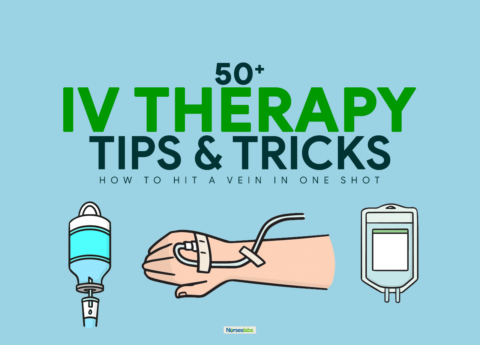

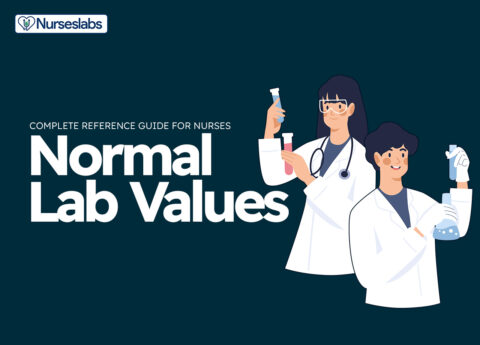



















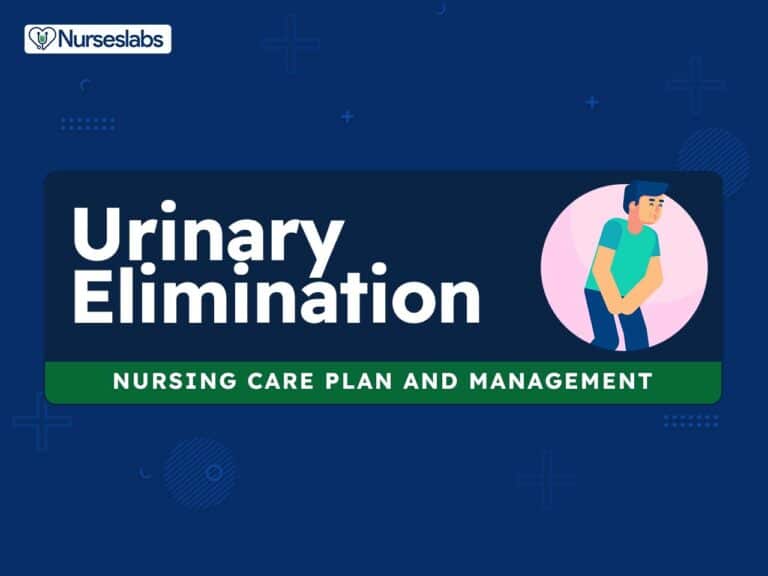
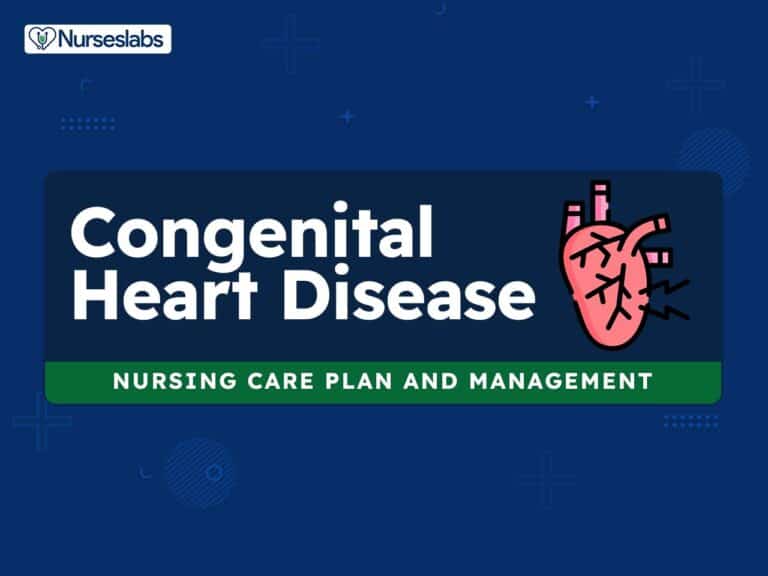
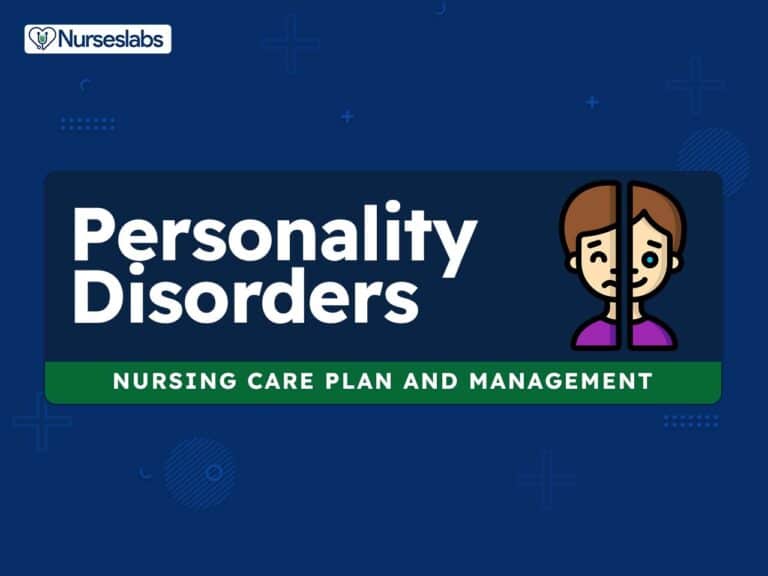
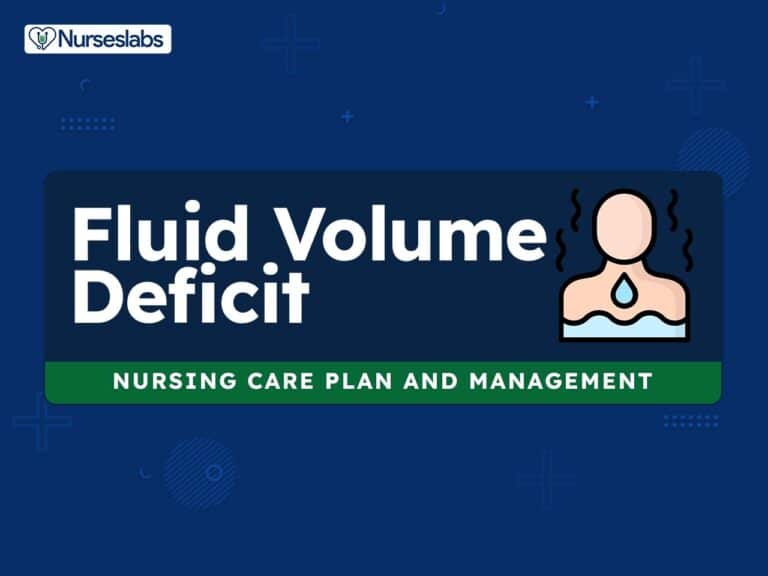
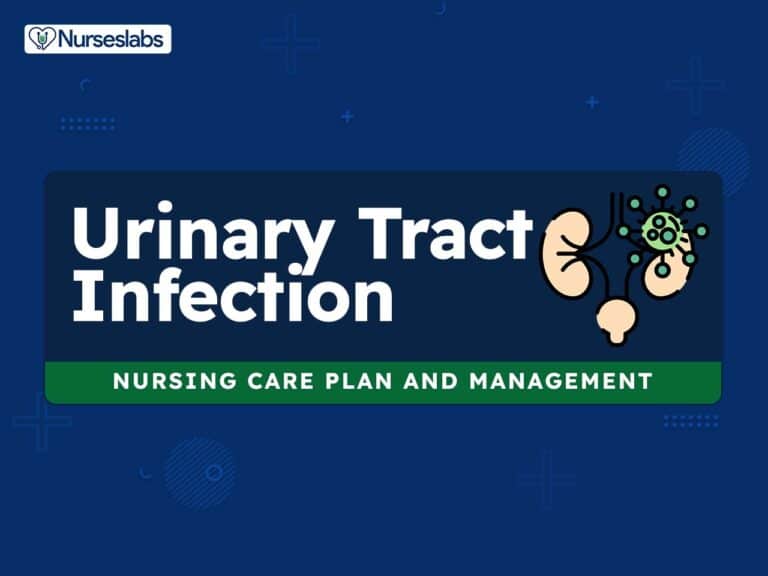
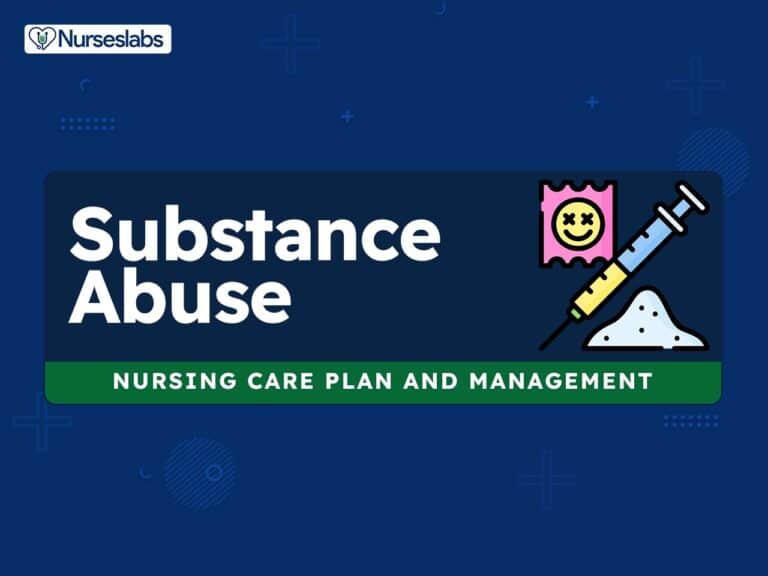
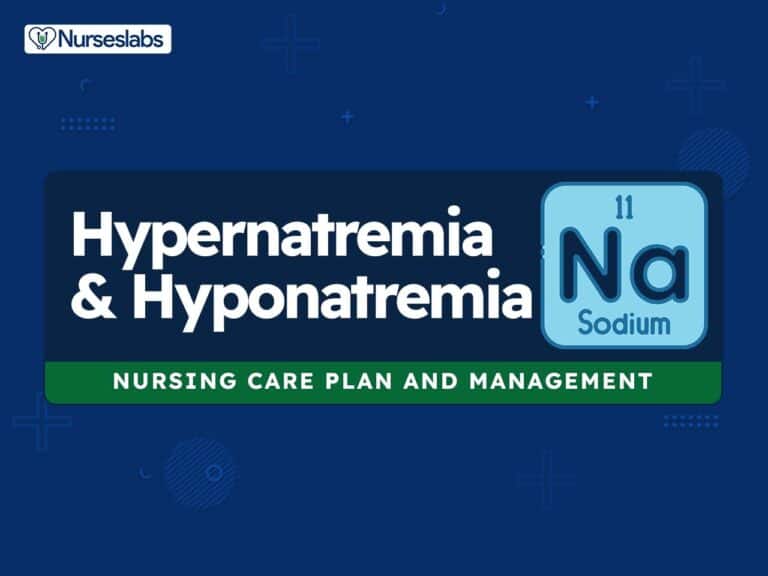
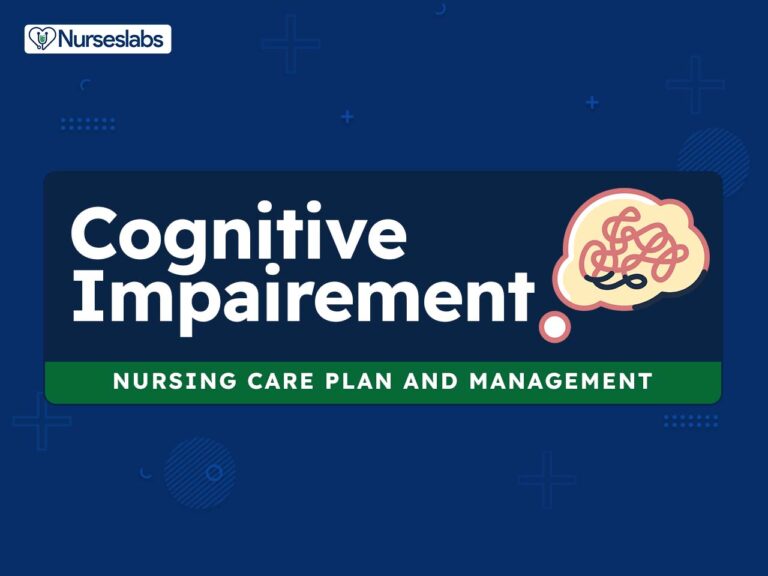



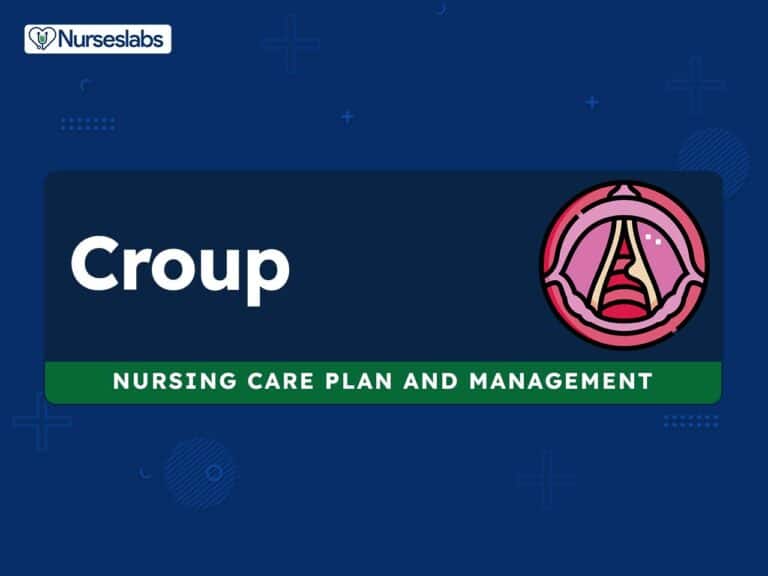
Leave a Comment